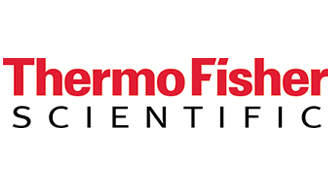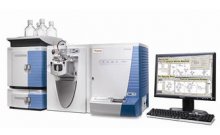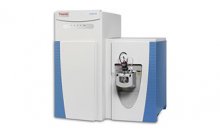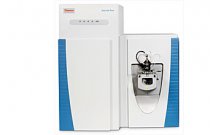使用LTQ Orbitrap XL混合线性离子阱质谱进行绿茶、红茶提取物的代谢组学分析
前言:
To show a complete analytical metabolomic workflow including (1) data acquisition using a high resolution accurate mass instrument that is equipped with a Higher Energy Collisional Dissociation (HCD) cell and coupled to a high pressure LC (Figure 1), (2) metabolite differential abundance analysis, and (3) structural elucidation of relevant metabolites using accurate mass and HCD fragmentation information to highlight the component differences between green and black tea.
仪器:
LTQ Orbitrap XL mass spectrometer
结论:
Considerable interest has developed in the potential health benefits of teas, particularly in the antioxidant and other properties of some of the polyphenolic catechins and theaflavins (Figure 2). The analysis described here focused on detection, relative quantitation, and identification of these low molecular weight components in green and black tea samples.
The HPLC separation of tea samples shows excellent peak separation and low noise, with most components eluting in less than 10 min. High resolution full scan spectra were acquired at a mass accuracy of better than 3 ppm.
After data acquisition, SIEVE software was used to determine statistically significant differences in the metabolite profiles of green and black tea samples (Figure 3). By comparing peak intensities between the two chromatographically aligned samples, metabolites present at different levels in the two teas were identified.




